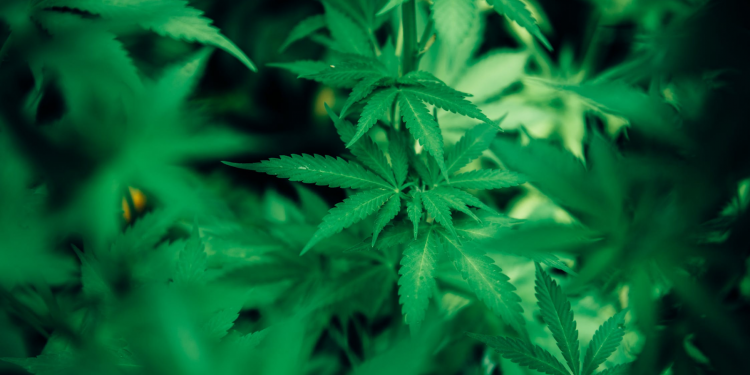Cannabinoids are the naturally occurring chemical compounds that are found in cannabis plants. It is the name given to the family of these compounds, because they function similarly and generally have the same properties. However, they do have some important differences when it comes to what properties are stronger than others when they are taken separately from each other. The major benefit of cannabinoids is that when they are all taken together, or with some mix of more than one at a time, they have what is known as the entourage effect. This means that they are more potent when you take them together, as they help boost each other’s properties. If you are thinking of trying out a product based on any of the cannabinoids, it’s worth knowing the basics of each and what are all the Cannabinoids Found in Cannabis.
Table of Contents
Tetrahydrocannabinol (THC)
THC is probably the most well known cannabinoid, because it is the psychoactive component in marijauna that makes you feel high. It is the reason why marijuana has been illegal for so long, and why there is still some negative stigma against cannabis in general. In terms of its benefits, it is one of the better cannabinoids for treating nausea and pain, which is why it is commonly used for people with cancer and chronic pain issues. However, its drawback is that it can exacerbate people’s anxiety and mental health issues.
Cannabidiol (CBD)
CBD is the other popular cannabinoid that you can buy. It offers many of the same benefits as THC, but because it doesn’t make you high, it is completely legal. People who want to use cannabis for health and wellness reasons but don’t want to get high will often turn to as a result.
It is very useful to reduce pain, inflammation, anxiety, stress, and improve your sleep. It can also help prevent seizures for people with epilepsy, among other benefits. It is not as useful to treat nausea, and is not as good for relieving pain on its own as THC, though it’s still beneficial in this regard.
Cannabinol (CBN)
CBN is difficult to make on its own. It is not like other cannabinoids, as it is actually a byproduct of THC. It’s what you get when the THC is exposed to heat or light, and the compounds break down. As a result, CBN has traces of the psychoactive element of THC, but it is so minimal that you will not get high from it.
When you take CBN on its own, such as CBN isolate, it has some of the same benefits as THC. It is a better anti-nausea appetite stimulant, so it can be good for cancer patients recovering from their radiation treatments. It is also a powerful source of anti-inflammation and anti-convulsant, and is a better calming agent than.
Other Cannabinoids
There are other cannabinoids, but they are not as well known in terms of how exactly they work, how they are different from the three mentioned above, and what their benefits are:
- Cannabigerols (CBG)
- Cannabichromenes (CBC)
- Cannabinodiol (CBDL)
- Cannabicyclol (CBL)
- Cannabielsoin (CBE)
- Cannabitriol (CBT)
While not as much information is known about these compounds individually, it is known that they do help the other cannabinoids work better thanks to the entourage effect. That is why products like full spectrum CBD, and combinations of CBD and THC are becoming more popular for medical treatments.
Since they are more potent together, the properties of each helps cancel out some of the drawbacks of each. For example, CBD used with THC can negate the issue of potentially increasing anxiety. If you want to know more, you can always consult with your doctor before taking any cannabinoid for health reasons.


